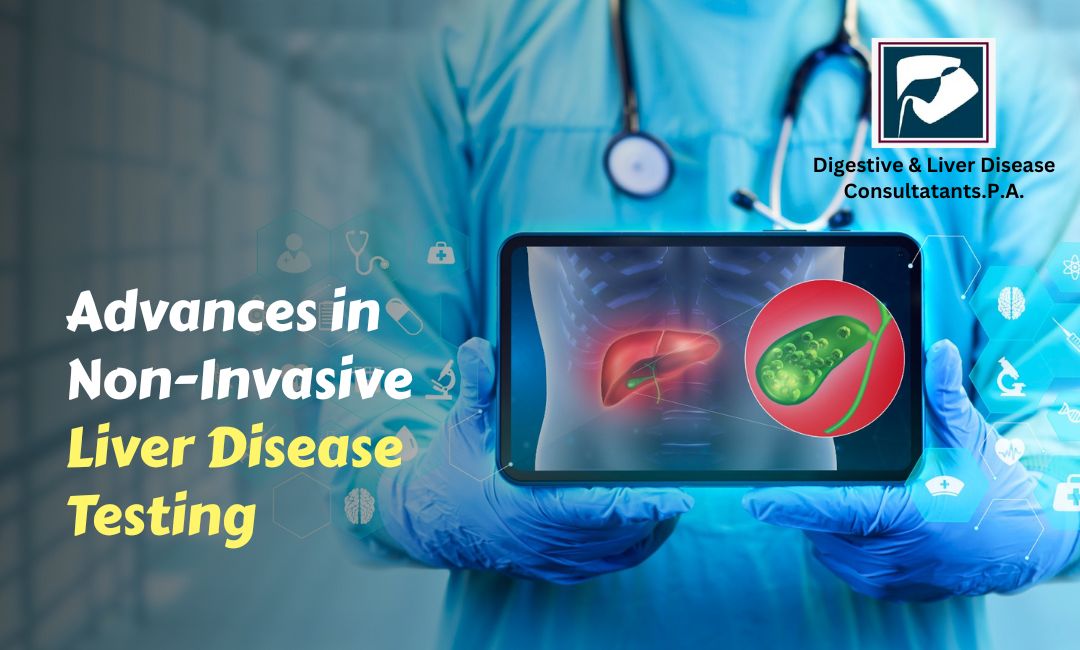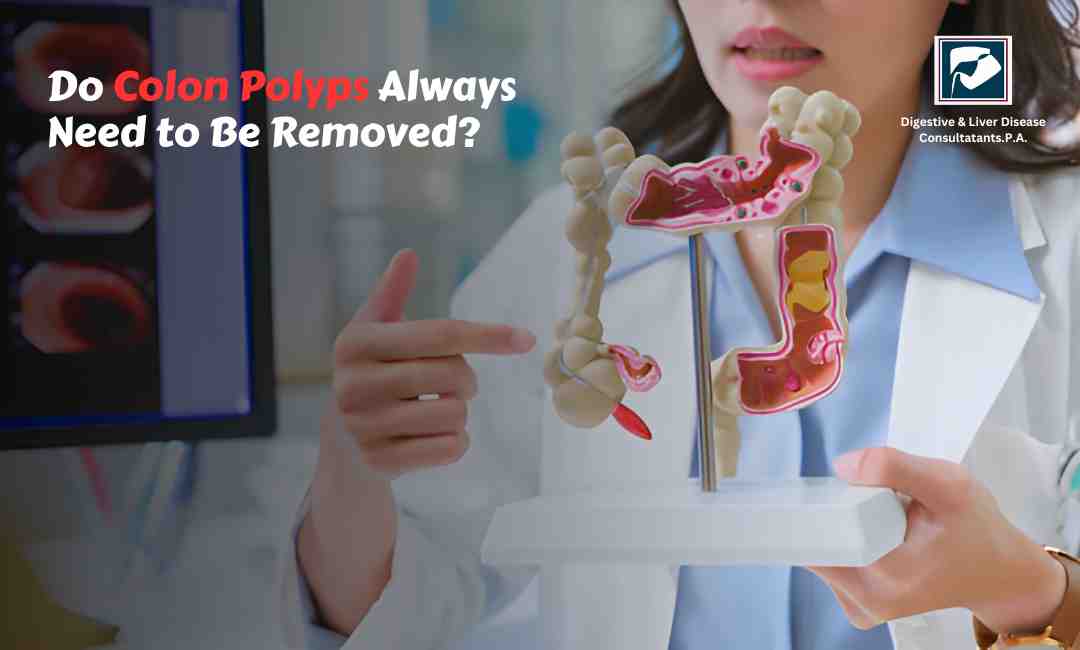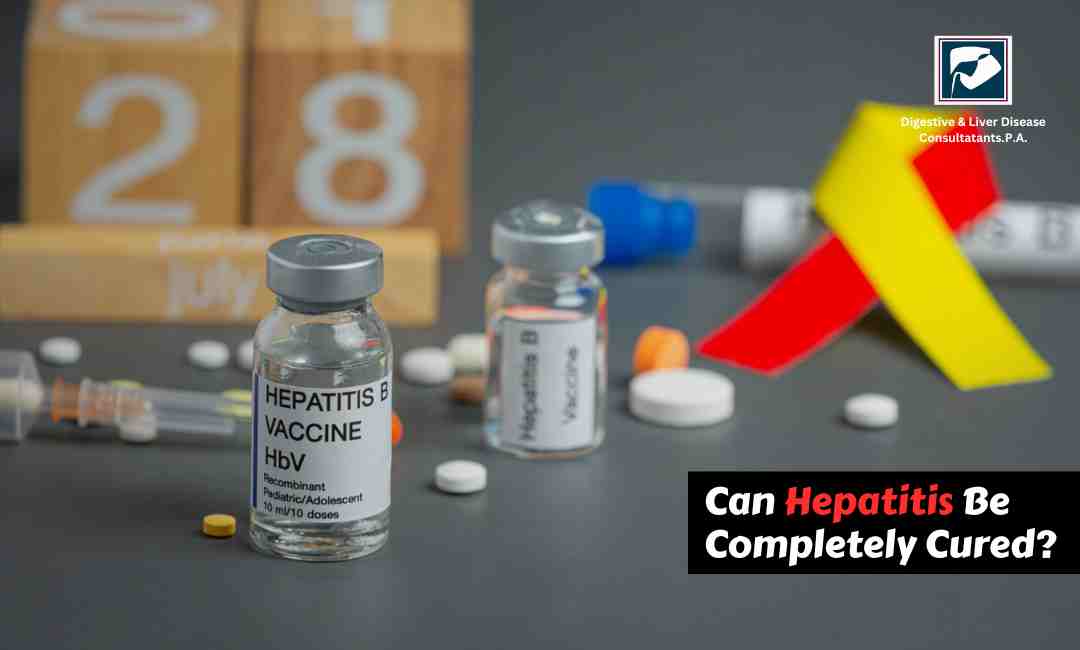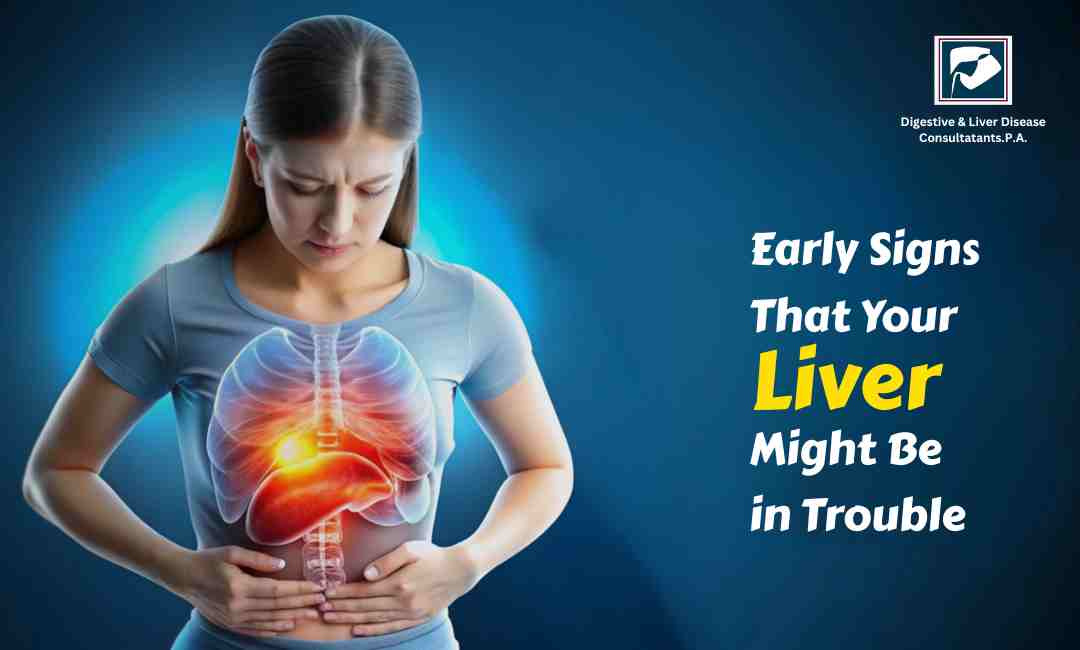The liver is one of the most vital organs in our body, responsible for detoxifying harmful substances, producing essential proteins, and aiding in digestion. Because of its many roles, keeping the liver healthy is crucial for overall well-being. Liver diseases, if left undetected or untreated, can lead to serious complications such as cirrhosis, liver failure, or even liver cancer.
Fortunately, advances in medicine have made it possible to detect and monitor liver diseases more safely and comfortably than ever before. Non-invasive liver disease testing is changing the way doctors diagnose and treat liver conditions — allowing patients to avoid painful procedures and receive accurate results quickly.
What Is Non-Invasive Liver Disease Testing?
Traditionally, diagnosing liver disease often required a liver biopsy — a procedure where a small piece of liver tissue is removed with a needle for examination. While effective, biopsies are invasive, carry some risk of complications, and can be uncomfortable for patients.
Non-invasive testing, on the other hand, uses blood tests, imaging techniques, and other tools to assess liver health without surgery or needles penetrating the liver. These methods are less risky, easier to repeat for monitoring, and provide fast, reliable information about liver condition.

Why Are Non-Invasive Tests Important?
Safety: They reduce the risk of bleeding, infection, or injury associated with biopsies.
Comfort: Patients avoid pain and anxiety linked to invasive procedures.
Efficiency: Results often come quicker, allowing for faster treatment decisions.
Monitoring: It can be done multiple times to track disease progression or response to therapy.
Key Advances in Non-Invasive Liver Disease Testing
1. Elastography: Measuring Liver Stiffness
One of the most significant breakthroughs is elastography, a type of imaging that measures liver stiffness. Liver stiffness increases when fibrosis (scarring) develops due to chronic liver injury. Elastography helps detect and stage liver fibrosis without the need for biopsy.
Transient Elastography (FibroScan): This is the most widely used elastography technique. A device sends painless vibrations through the liver, and the speed of wave propagation reflects tissue stiffness. It takes just minutes and provides immediate results.
Shear Wave Elastography: Performed with standard ultrasound machines, this method uses sound waves to assess liver stiffness. It can be combined with routine liver ultrasound exams.
These tests help doctors identify patients at risk of liver cirrhosis early, guide treatment, and monitor changes over time.
2. Serum Biomarker Panels
Blood tests for liver enzymes like ALT, AST, and bilirubin have been standard in liver disease detection. Today, more advanced biomarker panels are used to assess liver fibrosis and inflammation.
Examples include:
FibroTest/FibroSure: Combines multiple blood markers and patient data to estimate fibrosis level.
APRI Score (AST to Platelet Ratio Index): A simple calculation from routine blood tests to predict liver fibrosis.
FIB-4 Index: Uses age, liver enzymes, and platelet count to assess fibrosis risk.
These biomarker tests are easy to perform, cost-effective, and help in screening large patient populations.
3. Advanced Imaging Techniques
Beyond elastography, other imaging technologies have evolved:
Magnetic Resonance Elastography (MRE): This uses MRI technology to map liver stiffness in more detail. It is highly accurate and can detect early fibrosis changes.
Magnetic Resonance Imaging (MRI) with Contrast: This can identify liver tumors, fatty liver disease, and iron overload without radiation exposure.
Ultrasound with Contrast Agents: Enhances visualization of liver blood flow and lesions.
Such imaging tools help provide a comprehensive picture of liver health and guide treatment.
4. Liquid Biopsy and Molecular Testing (Emerging)
Research is ongoing into detecting liver disease through markers found in blood or other body fluids, such as circulating DNA or microRNAs related to liver damage or cancer. Though not yet routine, these tests hold promise for early detection and personalized care.
Common Liver Conditions Detected with Non-Invasive Testing
Fatty Liver Disease (NAFLD and NASH): Excess fat in the liver that can cause inflammation and scarring.
Chronic Viral Hepatitis (B and C): Infections leading to liver inflammation and fibrosis.
Cirrhosis: Advanced scarring causing liver dysfunction.
Liver Cancer: Early detection through imaging improves outcomes.
Iron Overload and Other Metabolic Disorders: Affecting liver function.
Why Choose Digestive & Liver Disease Consultants, P.A.?
At Digestive & Liver Disease Consultants, P.A., we specialize in comprehensive care for digestive and liver health. Our experienced team uses the latest non-invasive testing technologies to provide accurate diagnosis, effective monitoring, and personalized treatment plans.
Expertise: Our hepatologists and gastroenterologists are leaders in liver disease management.
Advanced Technology: We employ state-of-the-art elastography, imaging, and lab testing for precise evaluation.
Patient-Centered Care: We prioritize comfort and safety while ensuring thorough evaluation.
Holistic Approach: Beyond testing, we guide patients through nutrition, lifestyle changes, and therapies to protect liver health.
When Should You Get Tested?
If you have risk factors such as:
- Chronic hepatitis infection
- Excessive alcohol use
- Obesity or diabetes
- Family history of liver disease
- Abnormal liver blood tests
- Symptoms like fatigue, jaundice, or abdominal discomfort
It’s important to consult a liver specialist for evaluation. Early detection through non-invasive testing can prevent serious complications.
Conclusion
Non-invasive liver disease testing represents a major leap forward in how we detect and manage liver conditions. These safe, comfortable, and reliable methods allow for early diagnosis, better monitoring, and improved patient outcomes without the need for painful biopsies.
Concerned about liver health? Schedule an appointment with the experts at Digestive & Liver Disease Consultants, P.A. for advanced liver care.






